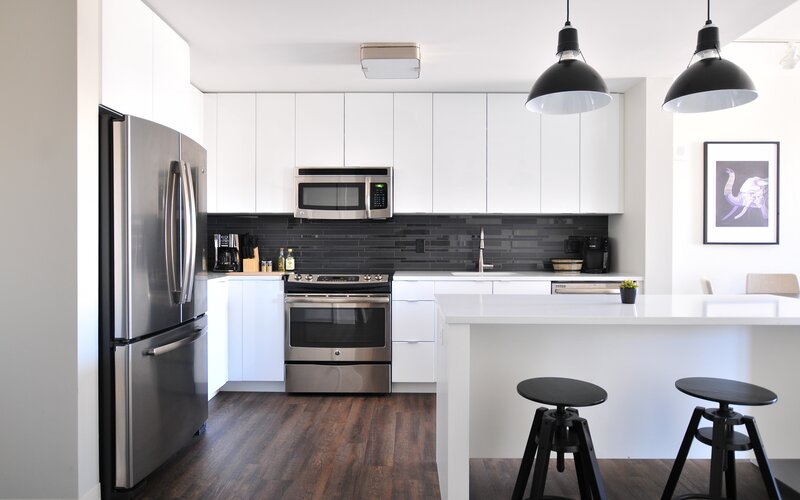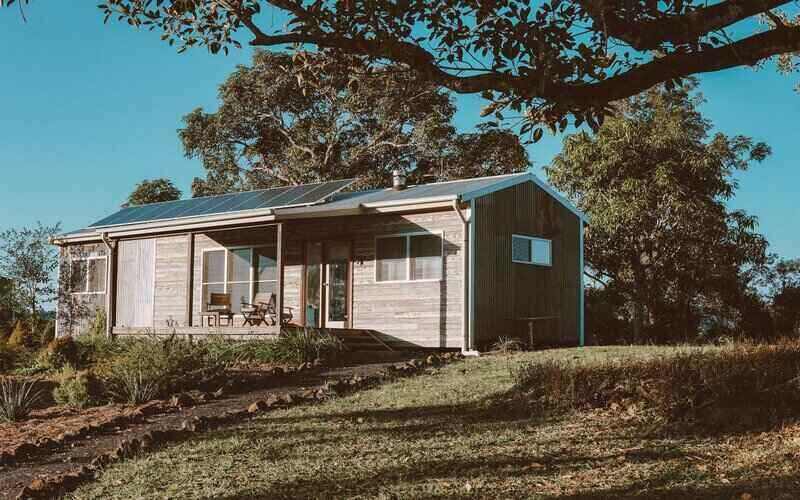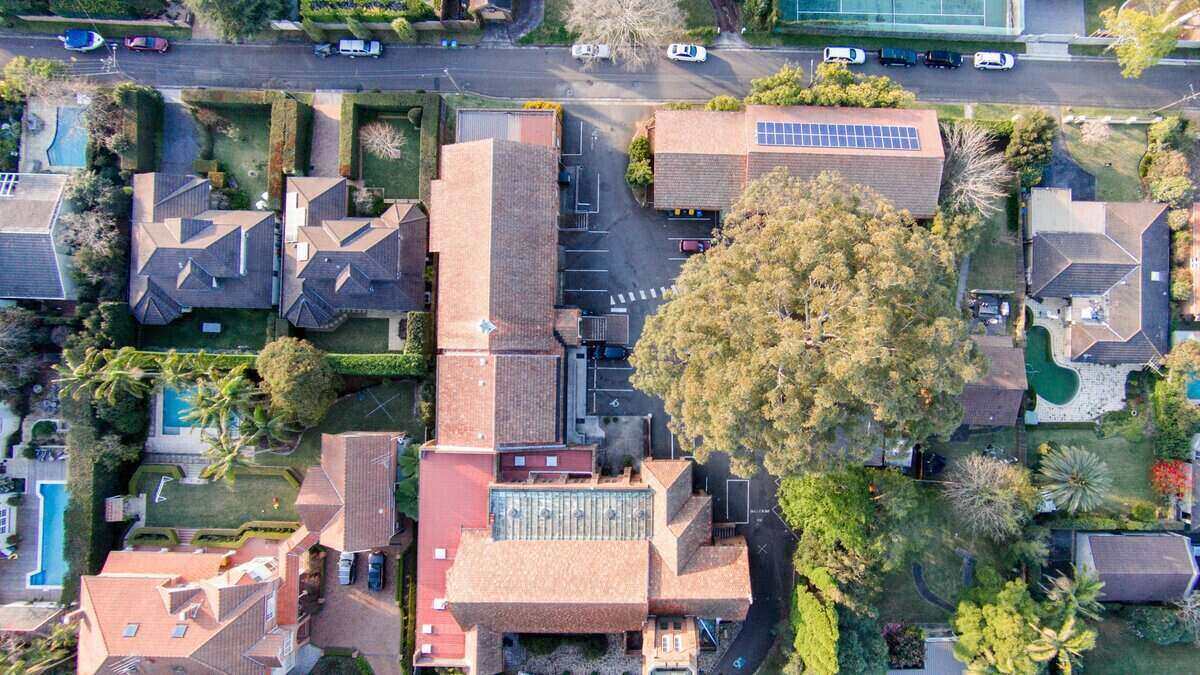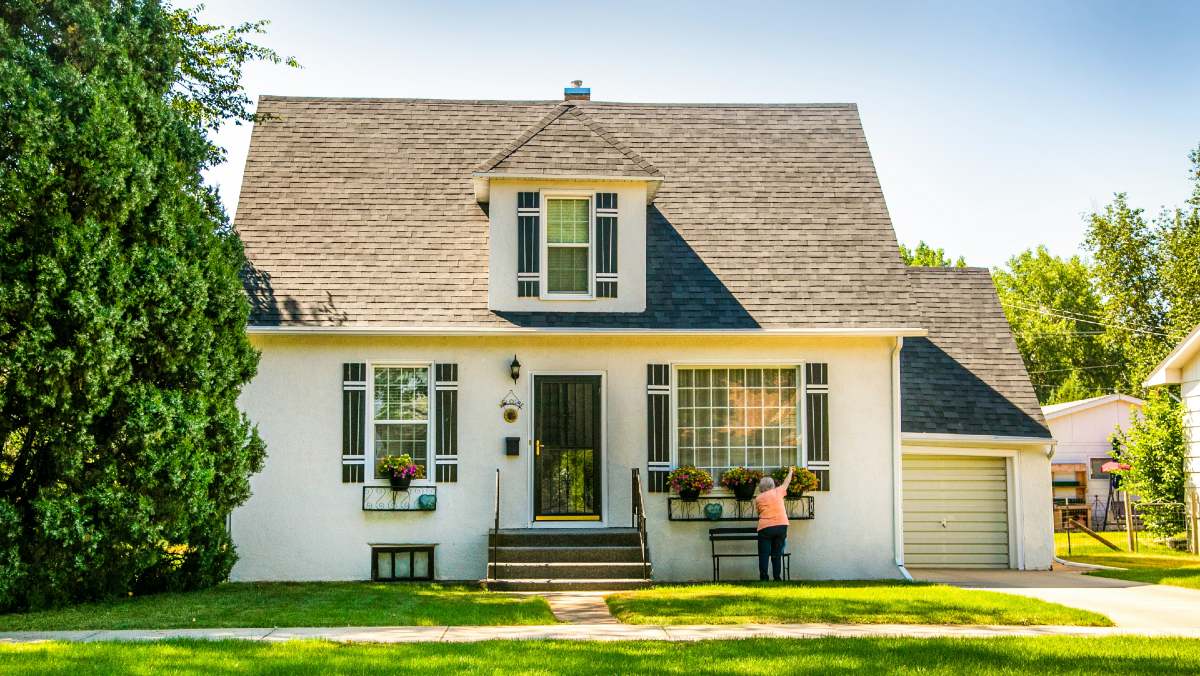REA’s PropTrack Buy or Rent Report found 27% of dwellings are cheaper to buy than rent over the next 10 years based on current prices.
However, price increases and recent interest rate rises have made buying a less attractive option as this figure was above 50% exactly one year ago.
PropTrack economist and report author Paul Ryan explains the driving force behind the significant change between buying and renting.
“Mortgage rates have already increased 75 basis points in 2022 so far, with further increases expected,” Mr Ryan said.
“Combined with strong growth in home prices - which are up 14% - renting has become a more affordable option across most of the country now compared to a year ago.
“The balance between the costs of buying and renting provided by this analysis suggests price growth will continue to be slow over the next year, and rent growth will be strong.”
More than 50% of homes in Queensland, Western Australia, and the Northern Territory are cheaper to buy than rent.
This is a stark contrast compared to New South Wales, Victoria, and the Australian Capital Territory, which recorded less than 10% respectively.
While South Australia and Tasmania are sat in the middle of the ladder with 34% and 41% of properties cheaper to buy than rent.
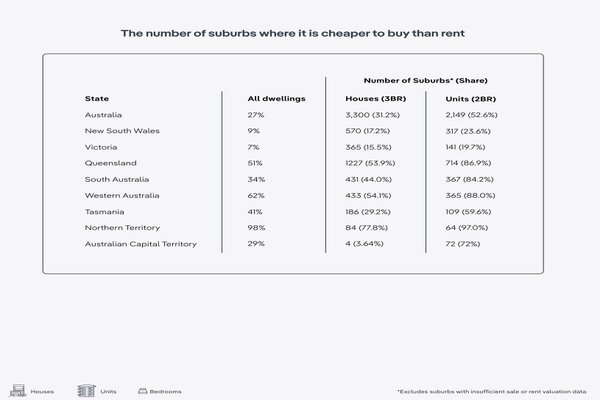
Source: PropTrack
Unlike Sydney where renting a house is almost cheaper than buying across the entire city, Melbourne has two pockets in the north and east of the city that provide affordable housing options for potential buyers.
Buying conditions in Brisbane are more favourable to the south and southwest of the CBD.
For those looking to buy a house in South Australia, PropTrack recommends exploring towards the north of the city for relatively cheap prices.
PropTrack’s model for the report considers the total financial costs for buying and renting, as well as assumptions of how future prices in both markets will progress.
Rental pressures to continue
Nationwide vacancy rates in the country have hit their lowest point since April 2006.
This has resulted in high rental prices with Australian capital city prices increasing by 11% in the 12 months to March and an even higher 13.1% in regional areas according to InvestorKit data.
As renting becomes the more favourable option, rental pressures and demands are expected to increase particularly in cities such as Sydney, Melbourne, and Canberra.
Founder and head of research at InvestorKit Arjun Paliwal explains where Australia is currently sitting with the rental crisis.
“A rental crisis is often defined by vacancy rates at 1% or lower, so it’s concerning to see this continuing to worsen. We’re currently at 0.7% which is 41% lower than 12 months ago when we were at 1.2%,” Mr Paliwal said.
Advertisement
Buying a home or looking to refinance? The table below features home loans with some of the lowest interest rates on the market for owner occupiers.
| Lender | Home Loan | Interest Rate | Comparison Rate* | Monthly Repayment | Repayment type | Rate Type | Offset | Redraw | Ongoing Fees | Upfront Fees | Max LVR | Lump Sum Repayment | Extra Repayments | Split Loan Option | Tags | Features | Link | Compare | Promoted Product | Disclosure |
|---|---|---|---|---|---|---|---|---|---|---|---|---|---|---|---|---|---|---|---|---|
5.54% p.a. | 5.58% p.a. | $2,852 | Principal & Interest | Variable | $0 | $530 | 90% |
| Promoted | Disclosure | ||||||||||
5.49% p.a. | 5.40% p.a. | $2,836 | Principal & Interest | Variable | $0 | $0 | 80% |
| Promoted | Disclosure | ||||||||||
5.64% p.a. | 5.89% p.a. | $2,883 | Principal & Interest | Variable | $250 | $250 | 60% |
| Promoted | Disclosure | ||||||||||
5.64% p.a. | 5.89% p.a. | $2,883 | Principal & Interest | Variable | $248 | $350 | 60% |
| Disclosure |
Image by Robert Linder via Unsplash

Ready, Set, Buy!
Learn everything you need to know about buying property – from choosing the right property and home loan, to the purchasing process, tips to save money and more!
With bonus Q&A sheet and Crossword!






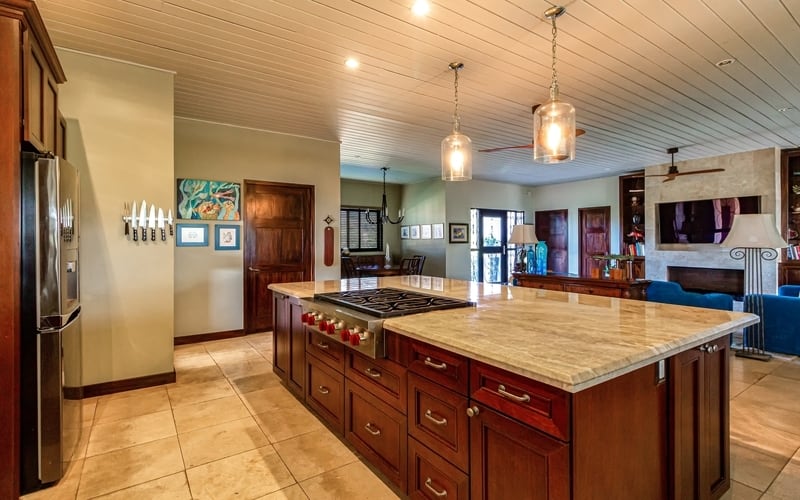
 William Jolly
William Jolly
 Denise Raward
Denise Raward



